Exact Answer: After A Few Contractions
Crowning is the stage or the phase where the baby’s head reaches the vagina and is ready to be delivered. Most of the babies are born after a few contractions after crowning and it is during this period when the vagina opening stretches to fit around the baby’s head.
In other words, crowning is the final period before your baby is born. Once you reach this stage then you just have to move forward and within the next few minutes, your newborn will be out. Women giving birth to their young ones for the first time should be allowed to push for three hours.
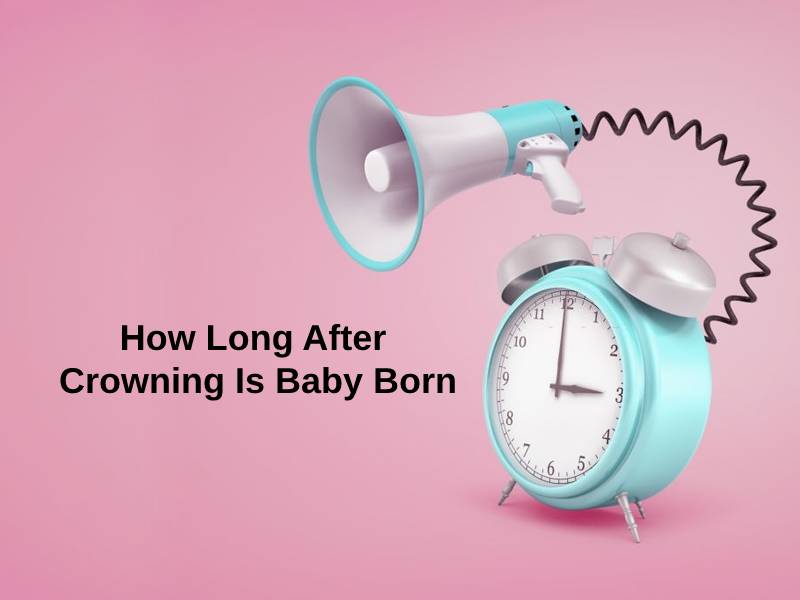
How Long After Crowning Is Baby Born?
| What is crowning? | The phase where your baby’s top head can be seen. |
| What crowning feels like? | The phase is quite painful because the mother will feel irritated in those areas where the tissues have been stretched. |
Pregnancy is a long journey and if you can take care of yourself for nine months then you will give birth to a healthy baby. However, since the journey is quite long there are many changes that are happening inside your body while you are pregnant.
Crowning is the phase where your baby is about to be born and soon you can hold your baby in your arms. But, the process can take several hours once you start labor and the process is quite painful in case the mother has opted for normal delivery.

Crowning happens during the second stage of the labor and this is when you have to push and make effort by yourself under the guidance of a medical team to deliver your newborn. Once crown happens you need to keep pushing so that the baby is out.
During this period the medical team present or the doctor might ask you to push it slowly because your tissues could need more time to stretch. In case the baby is too big for your vagina to handle your doctor might widen your vagina a little by making a small cut called an episiotomy.
Why Does It Take That Long After Crowning Till The Birth Of Baby?
The time taken for your baby to be born after crowning could vary from one person to another. As mentioned earlier that if your vagina is unable to push the baby forward then the doctor might need to make a cut so that the baby is out and this could take up some time.
However, you should not rush during this moment or during this phase because the doctor himself would ask you to push slowly and to take your time. Your body needs some time because during this phase you will experience a lot of pain.
In case you have been given a certain medication before the procedure then you might not feel much pain during your labor. But, most women are able to push the baby out of their vagina by pushing which is a natural process.

Before you are taken to a separate room you may be asked to practice breathing exercises and the doctor will ask you to relax a bit. It would also help a lot if you distract your mind a bit during this time because you will feel nervous. However, you should also know that labor feels different for every woman.
Your family members should try to cheer you up during this time so that you feel motivated before you deliver your baby. There is nothing to worry about because you will be holding your child in your arms.
Conclusion
Once you have given birth to your young one then you still have to take care of yourself because your body would still go through some changes before everything becomes normal. Maintain a healthy lifestyle by making the right choices when it comes to eating habits and other hygiene-related habits.
You might even poop when they are in labor and this might be normal for most women and there should be nothing to worry about. This might happen when you are pushing your baby out right before the baby crowns. However, this should not worry you because everything is safe.


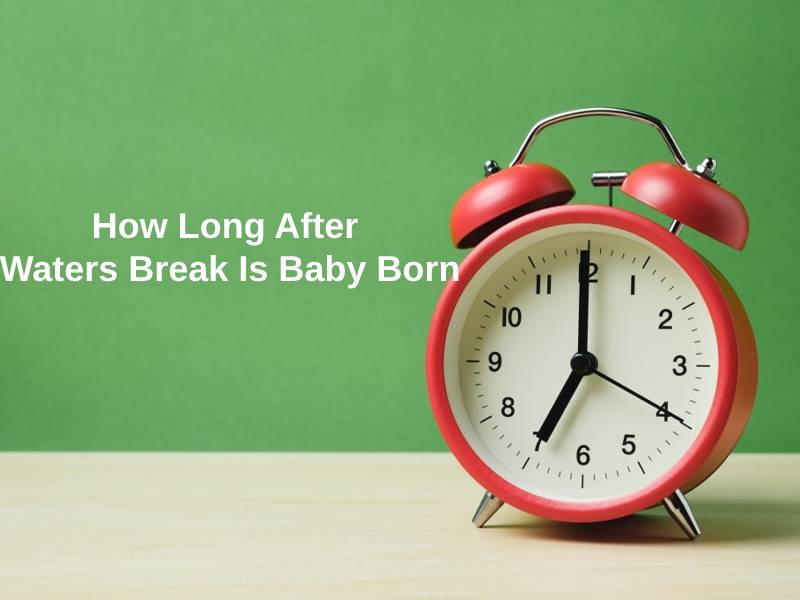
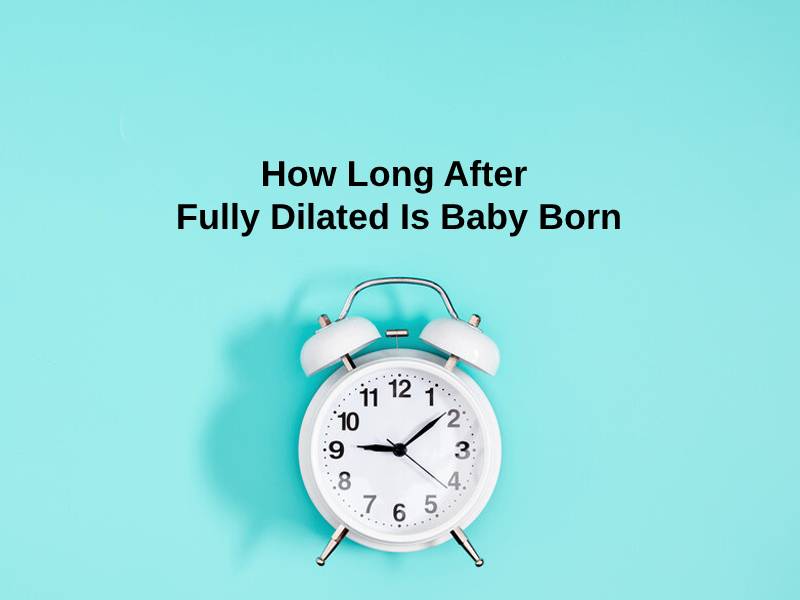

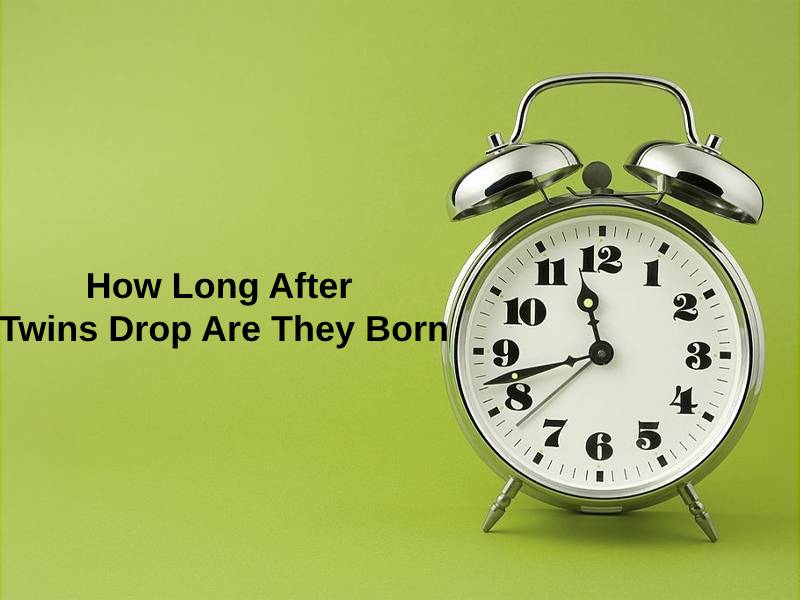
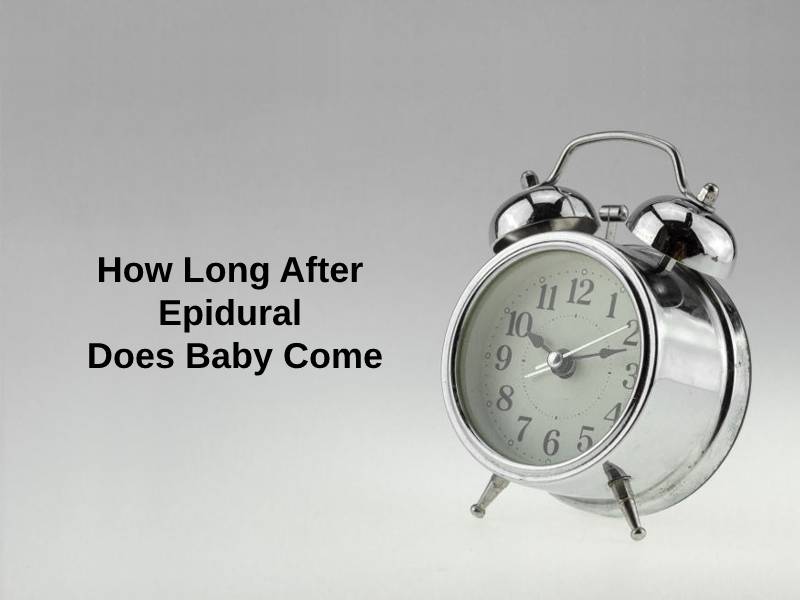
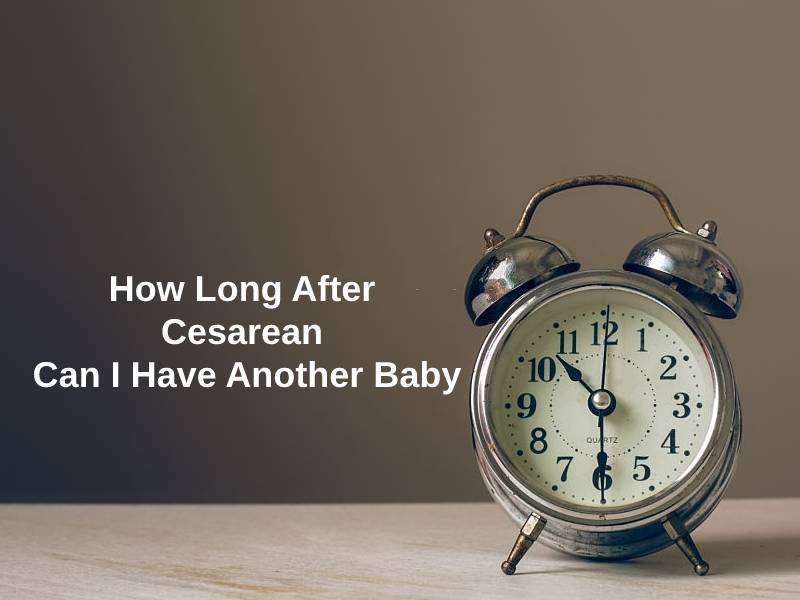

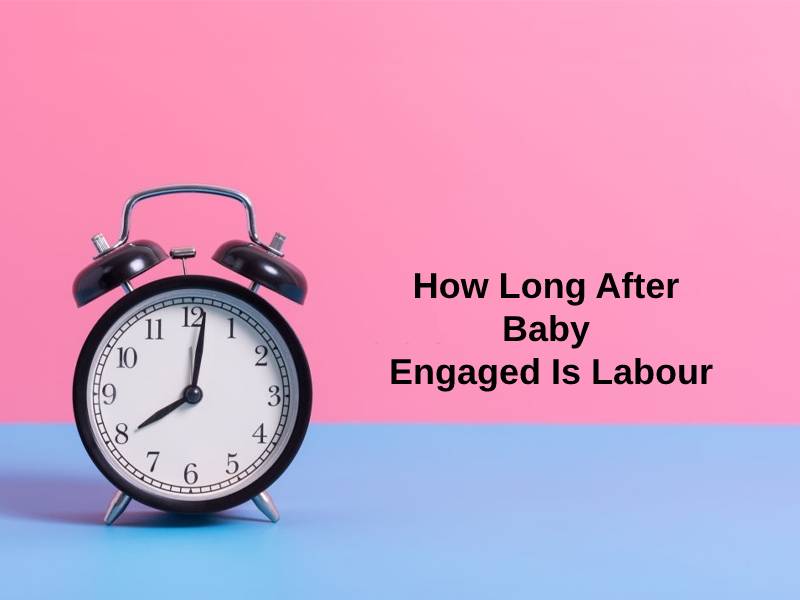
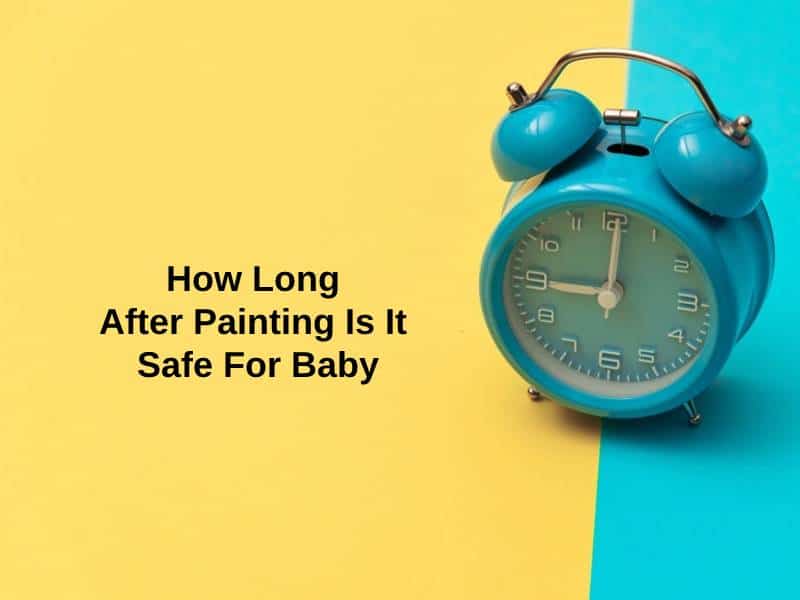

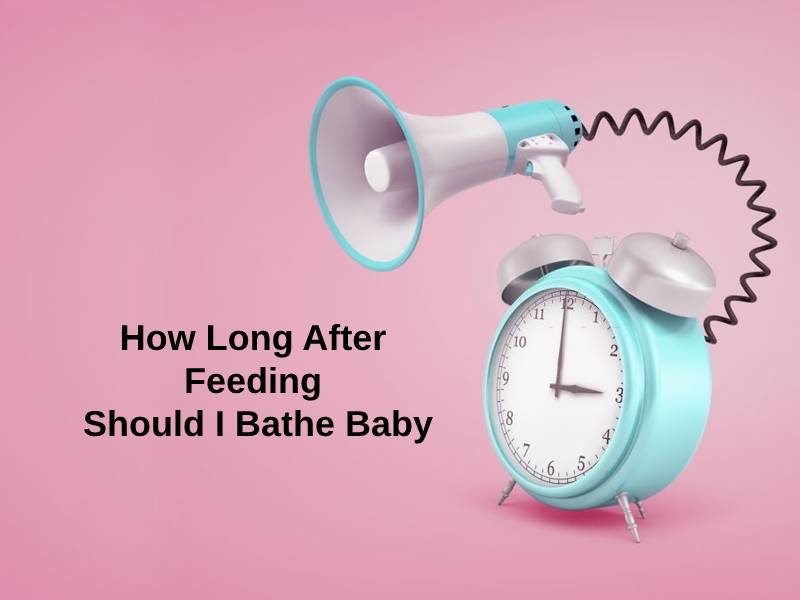


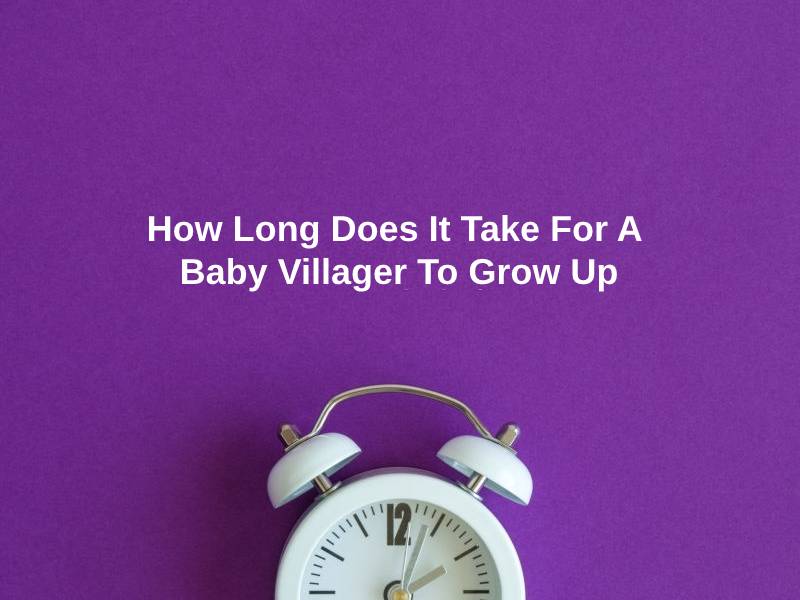
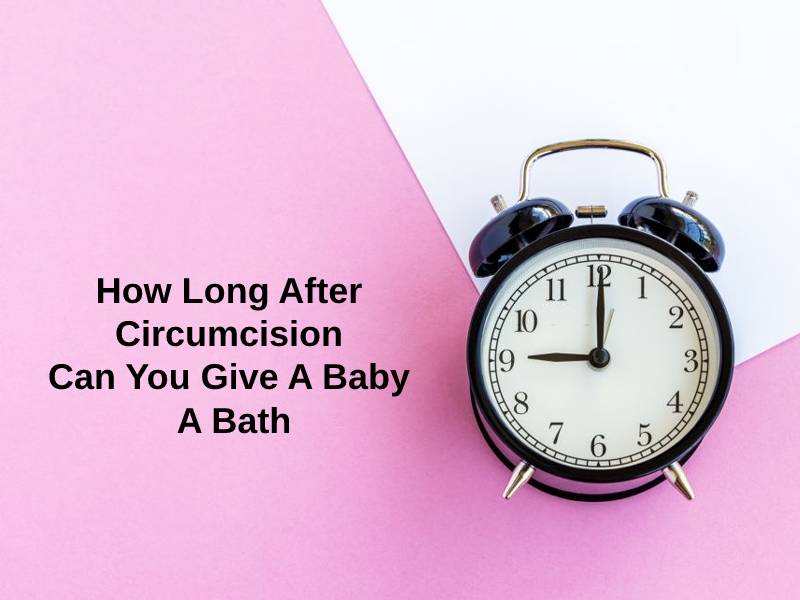
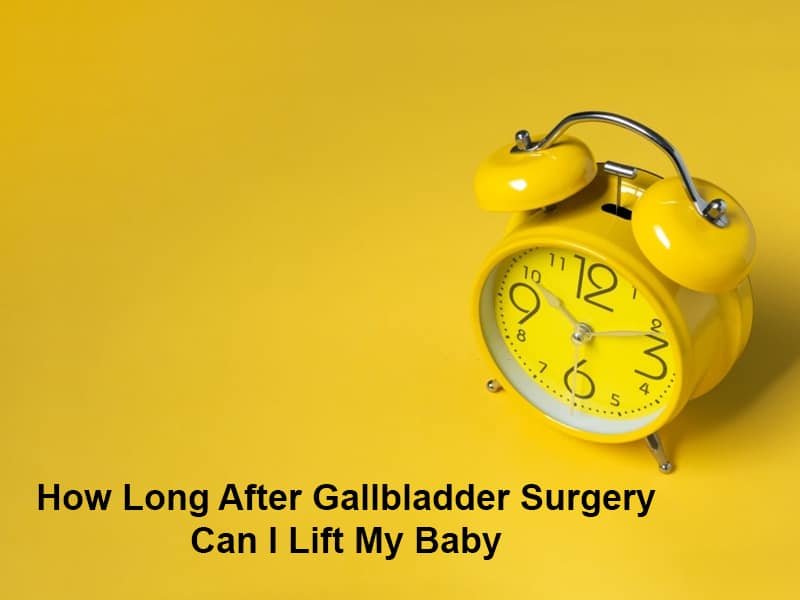
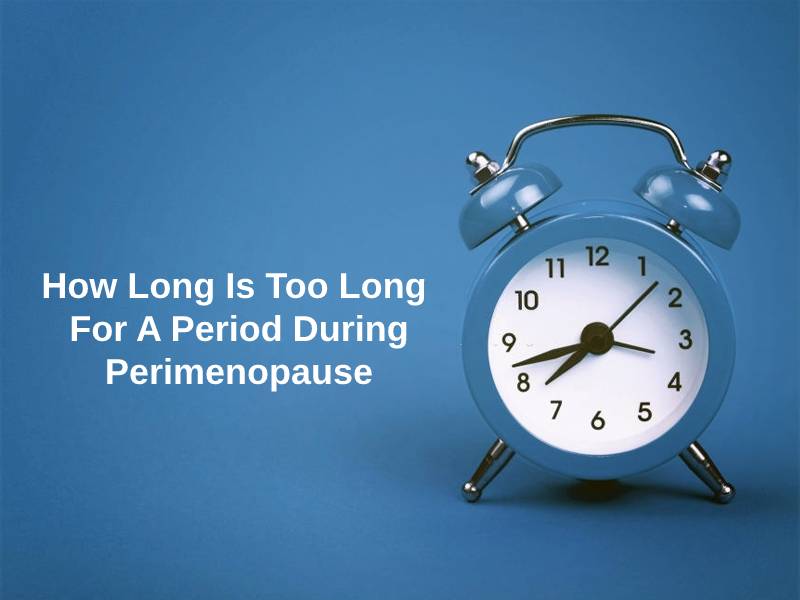


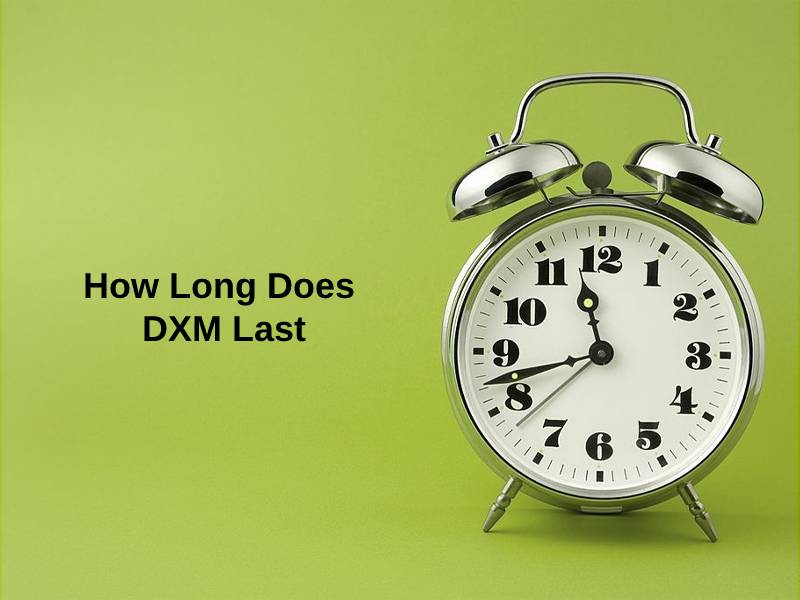

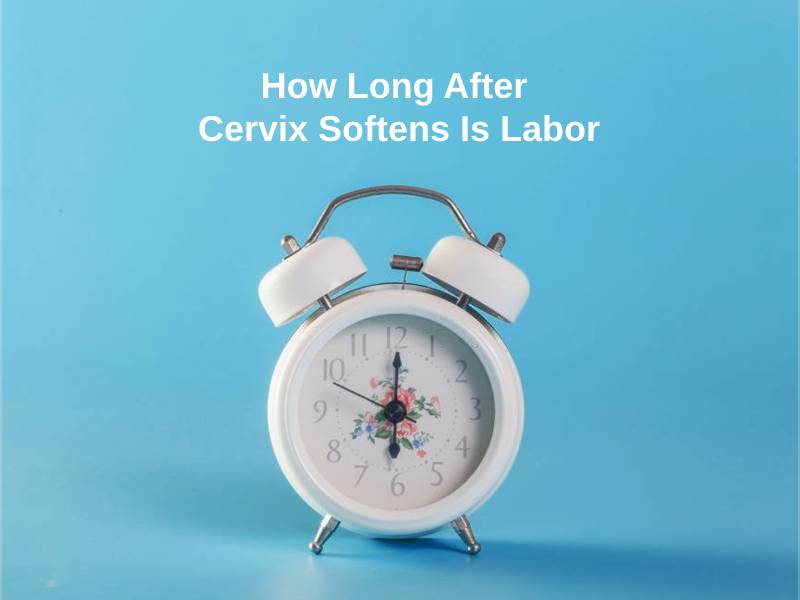



This is a very informative article for first time mothers-to-be, shedding light on the process of labor and delivery.
I agree, it’s very helpful to know what to expect during the labor process.
This is a well-researched and comprehensive article. It provides valuable insights into the labor and delivery process.
The article effectively balances the medical and emotional aspects of childbirth, ensuring that expectant mothers are well-informed and prepared.
The article provides an insightful perspective on the physiological and psychological dimensions of childbirth.
The article serves as a source of empowerment and reassurance for expectant mothers, instilling confidence during the labor and delivery phases.
The article effectively dispels misconceptions and fear related to labor and delivery.
Absolutely, it’s important for women to feel supported and informed during childbirth.
I appreciate the detailed explanation of the crowning phase and the factors affecting the duration of labor.
The information about episiotomy and vaginal stretching is particularly enlightening.
The article addresses common concerns related to labor pain and provides reassurance.
The article’s conclusion emphasizes the importance of postpartum self-care, which is often overlooked. It’s a valuable reminder.
Indeed, it’s crucial for women to prioritize their health after childbirth.
It’s enlightening to learn about the variations in labor experiences and the individualized approaches that are recommended for expectant mothers.
The emphasis on psychological well-being during labor is a valuable aspect of the article.
The article advocates for personalized care and support during childbirth.
The insights into the differences in labor experiences and the support needed during delivery are well articulated in the article.
The article provides a balanced view of the labor process and addresses diverse aspects of childbirth.
The reference links provide additional credibility to the content.
I found the information about breathing exercises and the importance of maintaining a healthy lifestyle after giving birth particularly helpful.
Yes, it’s essential to take care of oneself after giving birth.
Agreed, the article provides practical advice for new mothers.
The content addresses common myths and uncertainties about childbirth, providing clarity and evidence-based information.
The scientific references enrich the credibility of the article’s content.